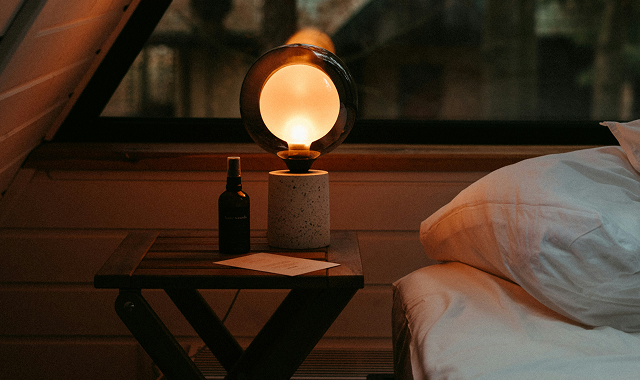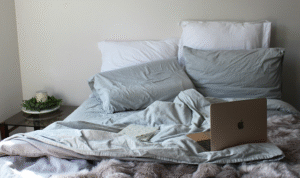Minimalism isn’t just about having fewer things. It’s about creating more space—for clarity, intention, and peace.
When we hear the word ‘minimalism’, we often think of spotless white homes, capsule wardrobes, and neatly organised spaces. And while there’s nothing wrong with loving that aesthetic, true minimalism goes much deeper. It is not just about decluttering your home—it is about how to create mental space by clearing your mind, your heart, and your life of the things that no longer serve you, creating mental space in the process.
In this post, we are talking about mental minimalism—what it is, why it matters, and how you can begin to create space not just around you but as well as within you.”
What is Mental Clutter?
Mental clutter shows up in numbers of different ways. It can be:
- An endless to-do list running through your head.
- The weight of unresolved thoughts or conversations.
- Worrying about things you can’t control.
- Worrying about things you can’t control.
- Constant decision fatigue.
- Feeling overstimulated by information, noise or digital inputs.
We live in a time where our minds are constantly occupied. We multitasks, overthink, and absorb more content than ever before. And whilst we may be physically still, our minds are often racing. This is why minimalism beyond aesthetics is so powerful—it invites us to be still, present and aware of what truly matters.
Why Mental Space Matters
Creating mental space is essential for your well-being. When your mind is overloaded, it is harder to be intentional, to focus, or to even enjoy the present moment.
Mental space allows you to:
- Feel more grounded and in control.
- Make decisions more clearly.
- Reduce anxiety and overwhelm.
- Show up more fully in your relationships and responsibilities.
- Connect with your own voice—your intuition, your desires and peace.
Just like a cluttered room makes it hard to relax, a cluttered mind makes it hard to be at ease. That is where minimalism—beyond the visual—can help us feel lighter, more spacious and more alive.
How to Begin Clearing Mental Clutter
Our minds can get just as messy as our surroundings—filled with looping thoughts, to-do lists, worries and noises. If you have been feeling mentally scattered or overstimulated, this is a gentle invitation to begin clearing some space within. It does not require a dramatic overhaul—just small, conscious steps toward more mental clarity and calm:
- Do a Daily Brain Dump
Every morning or evening, take a few minutes to write down everything on your mind. Do not filter. Just let it out—your to-do-lists, worries, feelings, reminders, Putting it on paper takes it out of your head and creates space for clarity. - Embrace Digital Minimalism
Your phone is one of the biggest sources of mental clutter. The less noise you allow in, the more calm you will feel. Try:- Turning off non-essential notifications.
- Unsubscribing from email lists you never read.
- Setting screen-time limits or app boundaries.
- Creating tech-free zones or hours in your day.
- Create a “Not Now” List
Not everything needs your attention today. If something comes up that is not urgent or relevant right now, add it to a “Not Now” list. This frees up your mind to focus on what truly matters in the present. - Practice Saying “No”
Saying yes to everything—even small commitments—can mentally exhaust you. Practice gentle and respectful manners saying “no” to invitations, tasks, or conversations that don’t align with your priorities right now. Saying no is saying yes to your peace. - Declutter Your Self-Talk
Notice how your speak to yourself. Are you constantly criticising, comparing, or doubting yourself? These thoughts take up space and drain your energy. Replace them with kind, grounding affirmations, such as:- “I am allowed to rest”
- “I don’t have to do everything at once”
- “Peace is available to me right now”
Creating Mental Space: A Gentle Guide to Letting Go and Living with Intention
You don’t have to throw away all your things or live out of a suitcase to practice minimalism. Instead ask yourself: Where in my life do I need more space? What’s been taking up too much mental real estate? Start there.
When you declutter your mind, you create room for what matters: peace, focus, and a sense of calm. And in your 30s, when so much feels like it’s shifting and realigning, this kind of intentional living can be your anchor.
Minimalism, at its heart, is about choosing what you want to carry forwad—and giving yourself permission to let go of the rest.
Tell me: What is one thing you are letting go of this week to create more mental space? I would love to hear from you in the comments.
And if you found this helpful, feel free to share it or bookmark it to revisit when you need a gentle reset.




